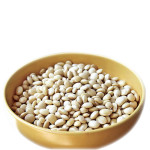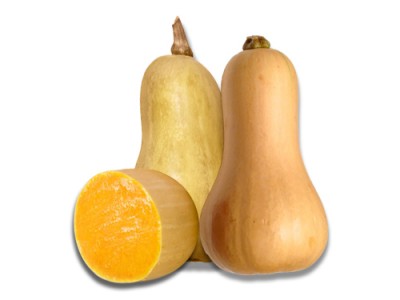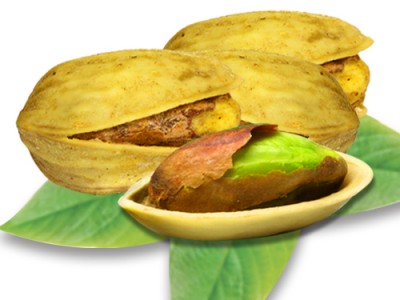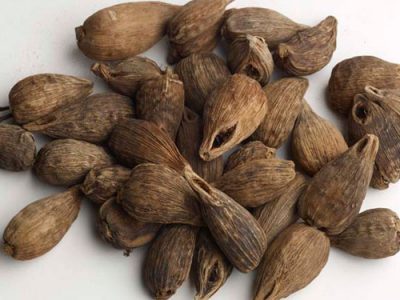
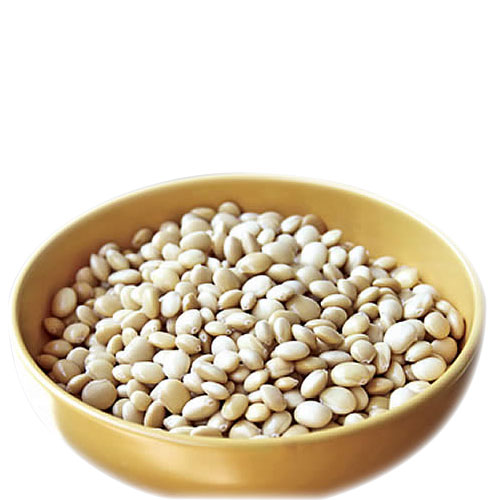
Tarwi Aspects And Its Health Benefits
Tarwi
Botany is a very interesting subject since scientists have discovered hundreds of plant species in the world and still discovering many species. The mind will completely relax when one visits the botanical garden or the garden which has hundreds of flowers. The simple reason is it is a feast for the sullen eyes. The heart will become light when one sees various colors of the flowers. It is imperative to note that the flowers emit various fragrances which will mesmerize a person. This topic will deal with a plant named Tarwi which is a species of lupin grown in Andes mainly for the edible bean.The botanical name of this plant is Lupinus mutabilis.The other names of this plant are Andean lupin, South American lupin, Peruvian field lupin or pearl lupin. This plant has not become popular worldwide because it has high content of alkaloids.
[tribulant_slideshow gallery_id="242"]
Properties Of Tarwi
Tarwi is an annual plant and the stem is hollow and highly branched. Plant reaches an height of 2.8 meters, depending on the environmental conditions and other soil factors. The South American Tarwi is taller than the plant grown in Andean region. There are various varieties and the most common is which branches in V-form which has biomass production. The fruit is a 5–12 cm long pod and a pod contains 2-3 seeds. But each pod may contain even 9 seeds at a time. The palmate leaves have a different appearance and one leaves is divided in five to twelve leaflets. The corolla reaches 2 cm and contains five petals. The colors that are normally found are white and purple. This plant has a strong root which reaches 3 m long. The growing cycle of this plant varies from 150 to 360 days depending on where it is grown and has bacteria in the root which helps in nitrogen fixation.
Growth
Tarwi grows well in cool climates and abundantly found in valleys at high altitudes, such as the Andes Mountain. This plant can be grown at an altitude that ranges from 800 to 3000 m. This plant is drought resistant but the seeds are sensitive to low temperatures. The tilling of land is needed before sowing the seeds. More than 100 kg seeds per hectare are sown in the field. This plant germinates fast since it has high fat contents. This plant can be cultivated along with potata and other cereals. This plant has a growing period of around four to five months and harvesting of the plants begins when they reach full maturity.
Various Uses Of Tarwi
- This plant’s seed contains maximum protein and minor fat and has been used as a food by Andean people.
- They used in soups, stews, salads and also mixed with boiled maize.
- Like other legumes, its protein is rich in the essential amino acid lysine.
- The distribution of essential fatty acids is omega-6 and omega-3.
- Since this plant has soft seed coat it can be cooked easily.
- This plant has both alkaloid and sparteine.
Note
The dangerous toxic substance will vanish only when the seeds are soaked for few days and boiled properly.

